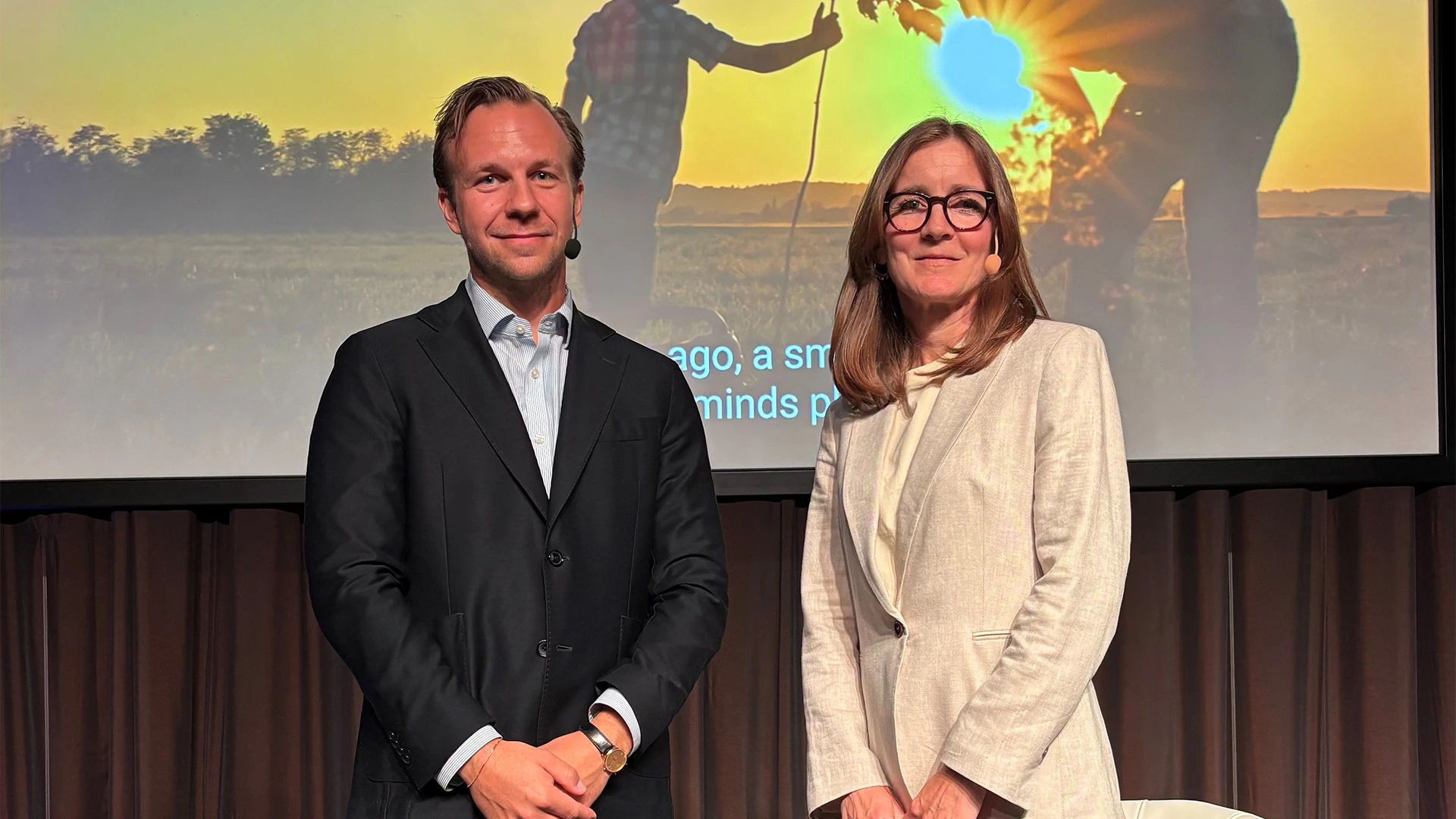In today’s rapidly evolving business landscape, treasury departments face the dual challenge of maintaining stability while driving innovation. At the recent Treasury 360 Nordic event, Susanne Stenborg, Head of Treasury Operations at SKF, shared valuable insights from her journey across both established and startup treasuries. Her fireside chat with Kristoffer Jansell from the FX Sales team at Nordea revealed key lessons for treasury professionals navigating transformation in companies of all sizes.
The value of experience in building from scratch
Stenborg, who started her career in the treasury team at Swedish industrial bearings manufacturer SKF, has navigated roles in Volvo Cars and Polestar, where she had the opportunity to create a treasury operation from scratch. For the past year, she has been back at SKF, working on improving processes, small and large, as part of treasury’s digital transformation journey.
When faced with the exciting opportunity to start with a blank slate at Polestar, she found her prior experience from a large, established treasury invaluable: “I would not have been comfortable doing that if I didn’t have the experience from the large treasury, with all the treasury processes, and knowing what I needed to put in place.”
At the time, Polestar had not started selling cars, and Stenborg was thrown into preparations for the business to go live. She had to balance immediate business requirements with her vision for building a lean, automated treasury. While the blank canvas offered freedom from legacy systems, it also presented unique challenges.
“There is a challenge to not having any history. No figures for the banks to look at when they do due diligence,” she noted.
Despite these challenges, Stenborg was able to come quite far in setting a long-term treasury strategy for Polestar while still focusing on short-term deliverables.
“You had to take decisions quickly, move forward, and then if something didn’t go as planned, you just simply had to go back and do differently,” she said. This “fail fast” approach allowed for rapid innovation and continuous improvement, ensuring that each step supported the long-term goal.

